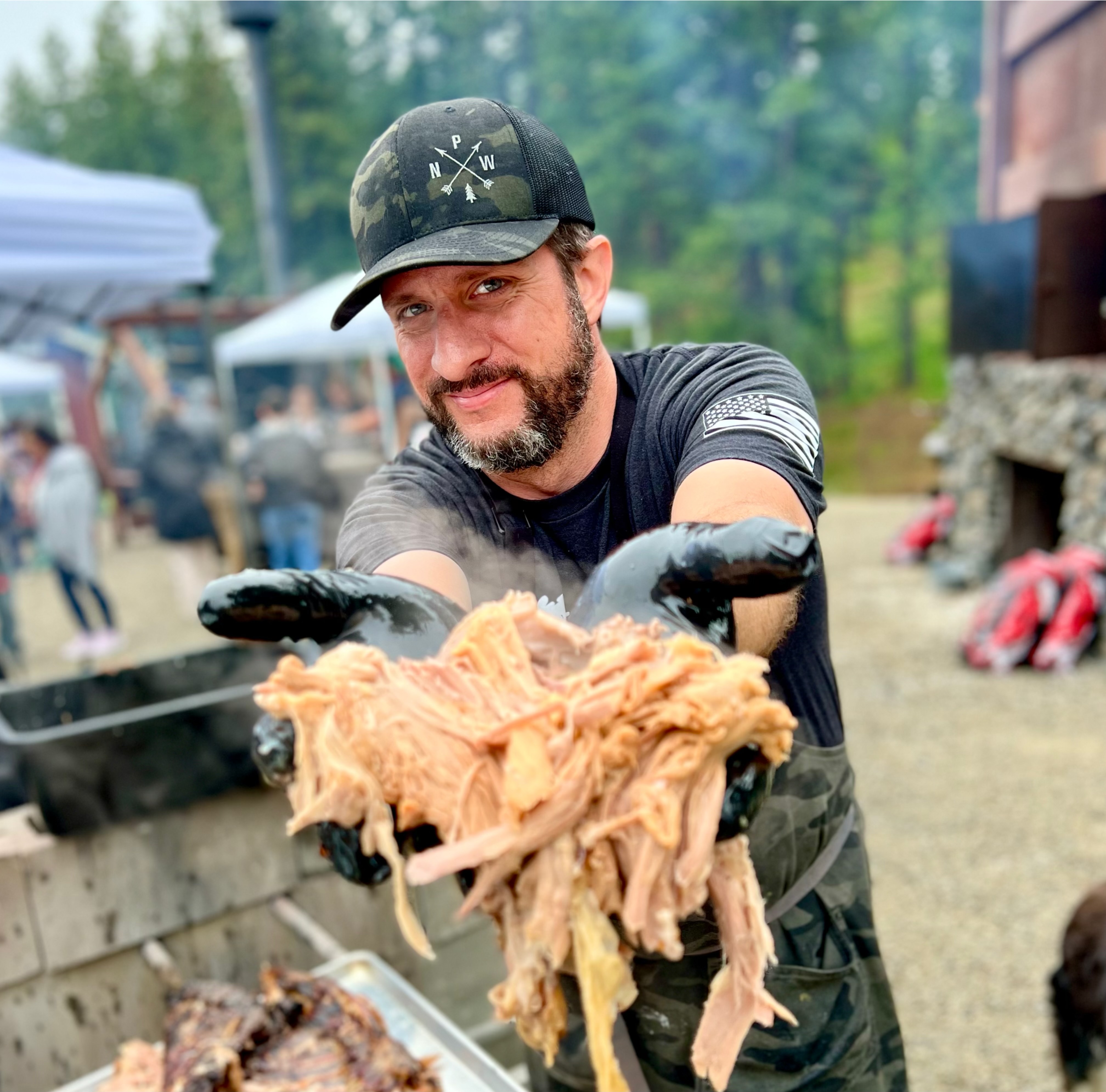Bacon-weaved Breakfast Fatty
Who doesn’t love a good breakfast? If you’re cooking up breakfast at home and want some sort of pork product to go with your pancakes and eggs, most folks make a choice between sausage or bacon. But why not both? You can have a complete…































